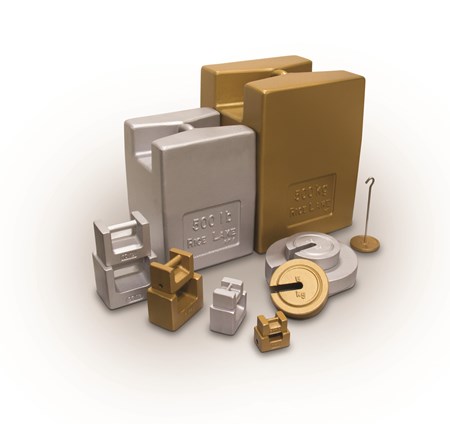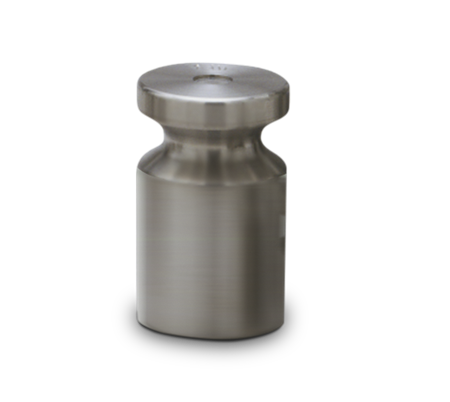Is the website displaying in the correct language? Please confirm or select a different language.
Your region has been set automatically. Please confirm or select a different region.
How to Pack Your Weights in 5 Steps
Your calibration weights must arrive at the metrology lab undamaged. To pack your weights safely, please follow these five steps.
Rice Lake’s Certified Calibration Weights
Rice Lake Weighing Systems has two world-class metrology labs staffed by experts who can certify calibration weights and offer advice or resources as you select calibration weights. Rice Lake also manufactures a variety of cast iron and stainless steel calibration weights, including custom weights for unique systems.
Virtually all Rice Lake lab technicians in our Concord, California and Rice Lake, Wisconsin metrology labs offer an industry-leading four-day turnaround.
1. Secure Your Weights
Single weights should be individually wrapped, weight sets need to be secure within their cases and accessories such as milligram covers need to be protected so they cannot move. All weights need to be secure in a container designed to withstand the shipping process. Please remember that clean room cases do not provide suitable protection for shipping and should not be used.
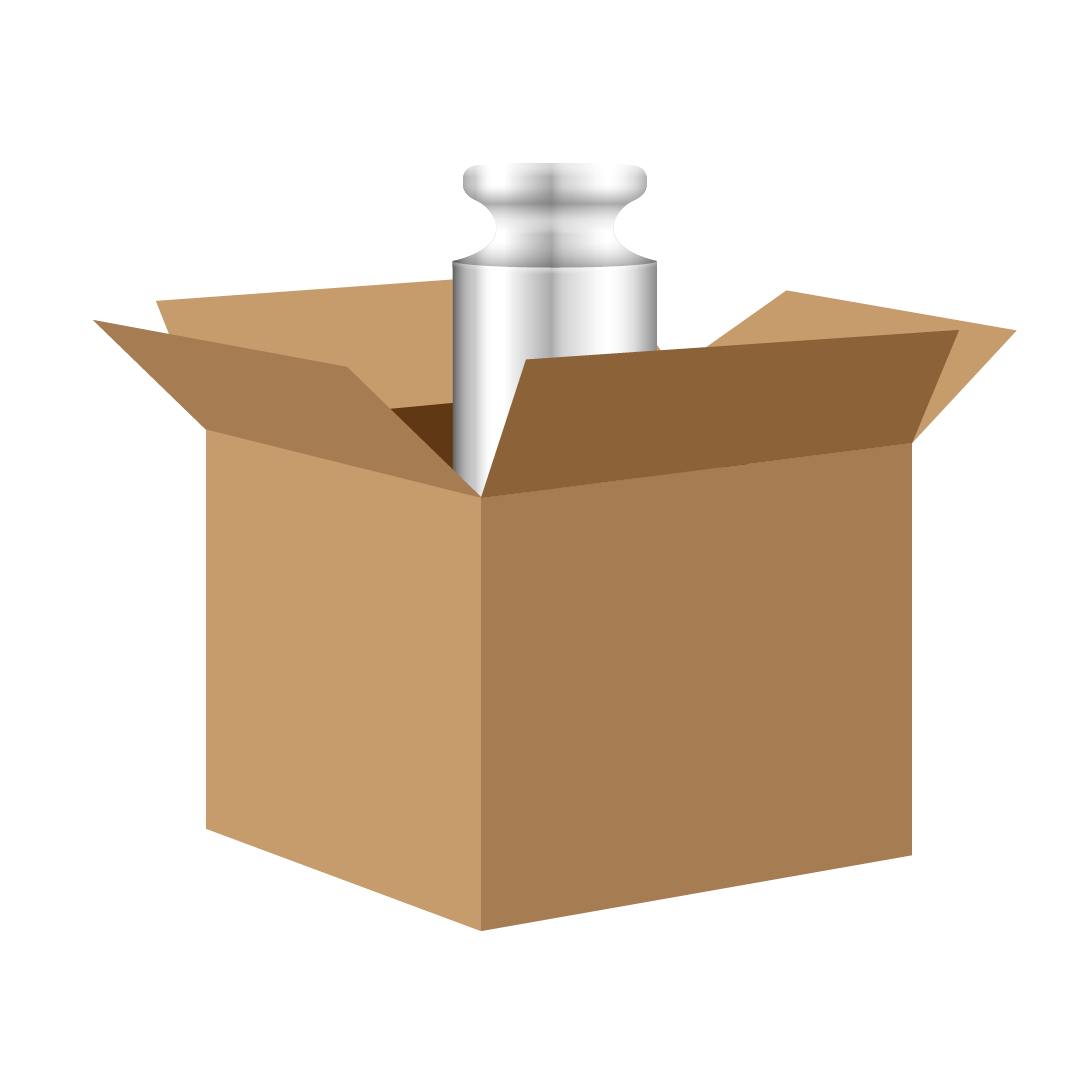
2. Use Proper Packing Material
Single weights should be packaged individually in a vial or pouch or wrapped in acid-free, no-lint paper, then bubble wrap or foam. Weight set cases may also be wrapped in bubble wrap or foam. Do not use packing peanuts—they create static electricity.

3. Pack Your Purchase Order
Include a copy of your quote or purchase order (PO) or a copy of the recalibration form clearly indicating the preferred metrology lab (either California or Wisconsin). This information will help us service your weights with the quickest turnaround time.
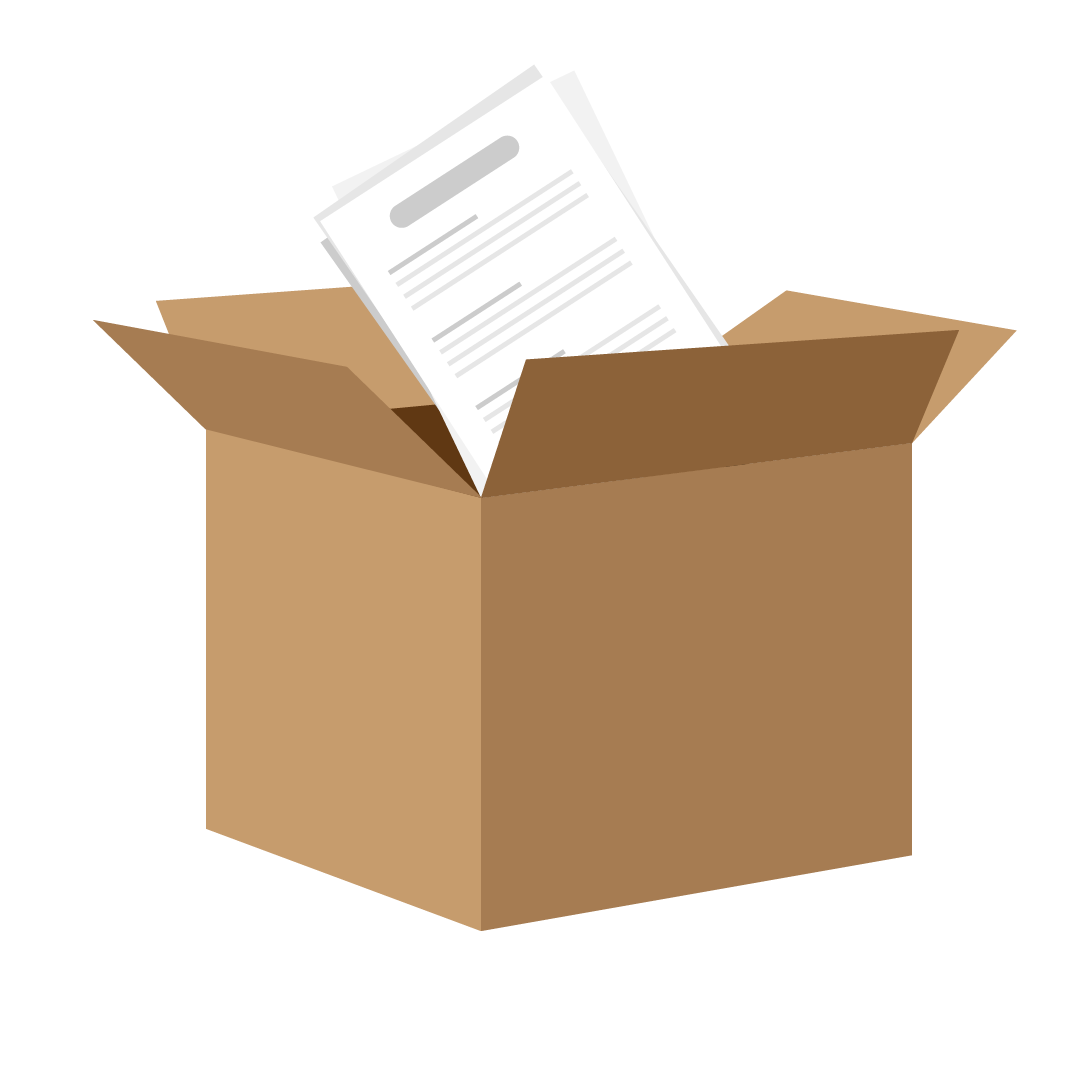
4. Separate Heavy Weights
Large weights, 20 pounds or 10 kilograms and heavier, should be packaged in individual boxes. All weights should be separated from each other to prevent damage. Individually packaging 10 kilograms or 20 pounds and larger keeps the weight of each package more manageable than when combined with multiple weights.

5. Don't Mix Your Weights
Please do not package stainless steel weights with cast iron weights. Mixing weights has the potential to be more damaging to stainless steel weights (which are more expensive than cast iron); cast iron weights tend to be rougher, and the packaging deteriorates more easily and, if packaged together, can cause damage.
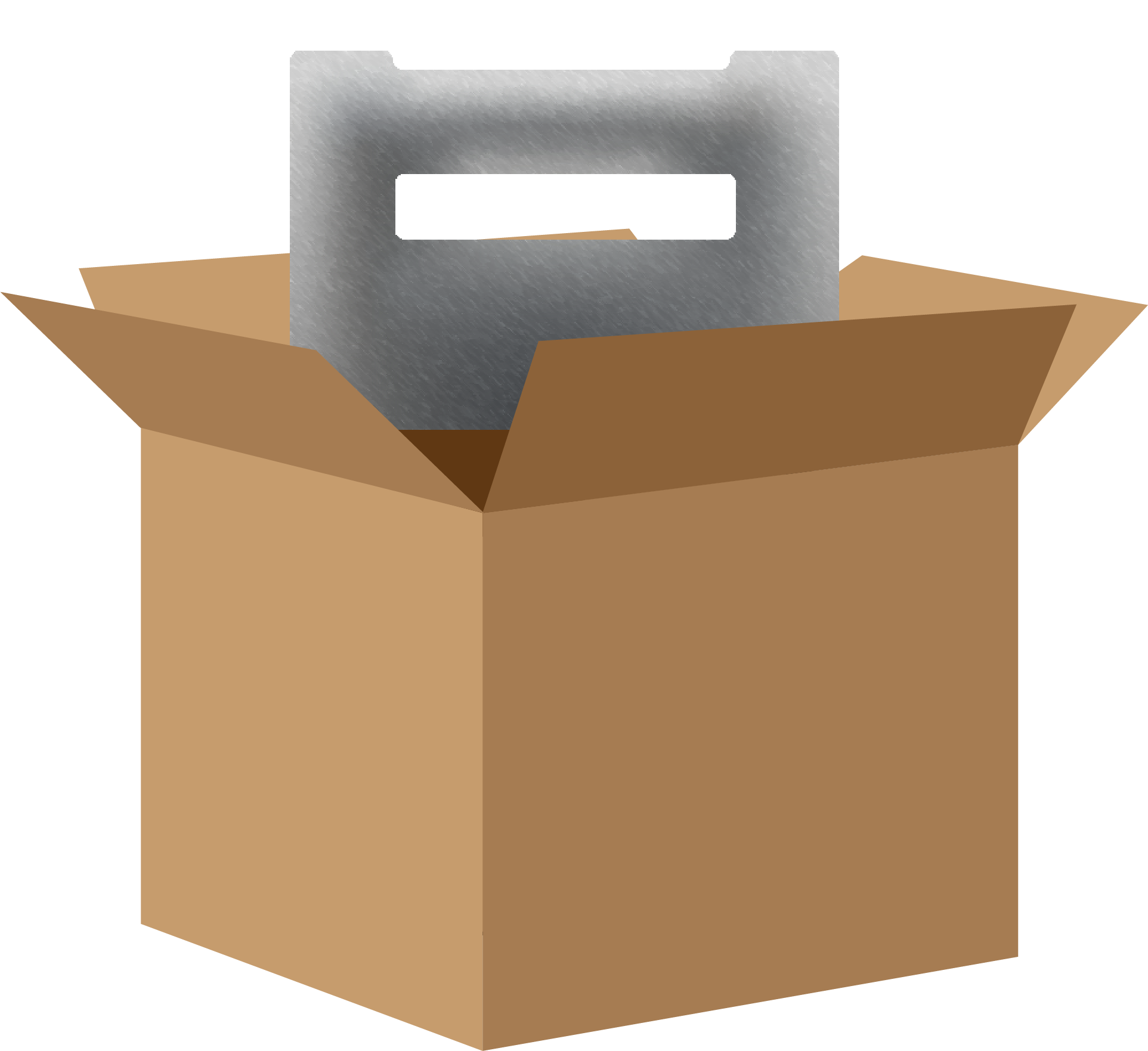



 My Account
My Account
